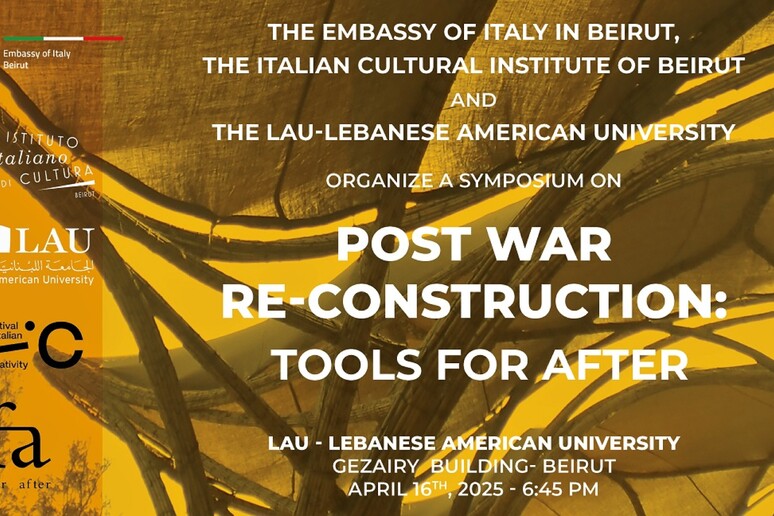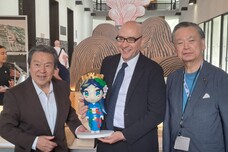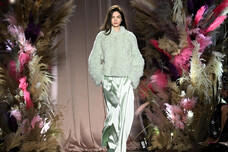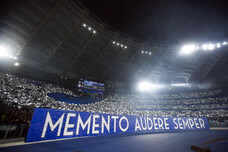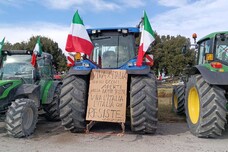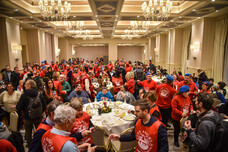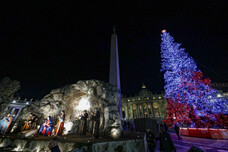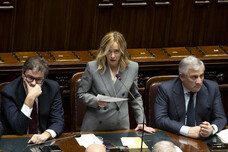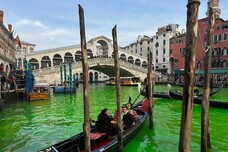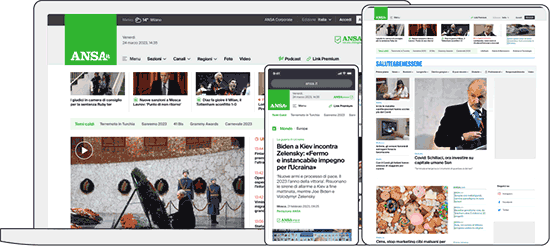A conference and exhibition on the theme "Post-war reconstruction: tools for the aftermath", promoted by the Italian Embassy in Beirut together with the Italian Institute of Culture, in cooperation with the School of Architecture and Design of the Lebanese American University (Lau) are scheduled for 16 April at the Gezairi Building, Lau campus.
The post-conflict situation in Lebanon has forced a renewed critical examination of spatial and material elements, particularly in the most severely affected areas. These urban and architectural layers not only tell the historical trajectories of the place, but are also deeply rooted in the socio-economic and cultural fabric of the area. In this context, the ruins themselves become a lens through which to articulate contemporary visions for reconstruction, based on sustainable and contextually responsive methodologies. The conference aims to analyse alternative ecological, natural and biotechnological materials as part of a broader cultural shift towards sustainable construction and rehabilitation practices. By interrogating the historical, social and architectural value of these urban fragments, the initiative aims to highlight the complex layers of post-war reconstruction. The debate will be attended by architects and designers who will illustrate their innovative projects, alternative, ecological, natural and biotechnological materials for an effective and possible building culture.
In addition, the exhibition designed in connection with the seminar will display the innovative construction method called CanyaViva, which uses swamp reeds, developed by artists Margherita Bertoli and Matteo Mannini of Arundo Art and Canya Lab. Finally, the audience will witness the use of bamboo as a building material by pioneering Italian-Colombian architect Mauricio Cardenas Laverde.
ALL RIGHTS RESERVED © Copyright ANSA
